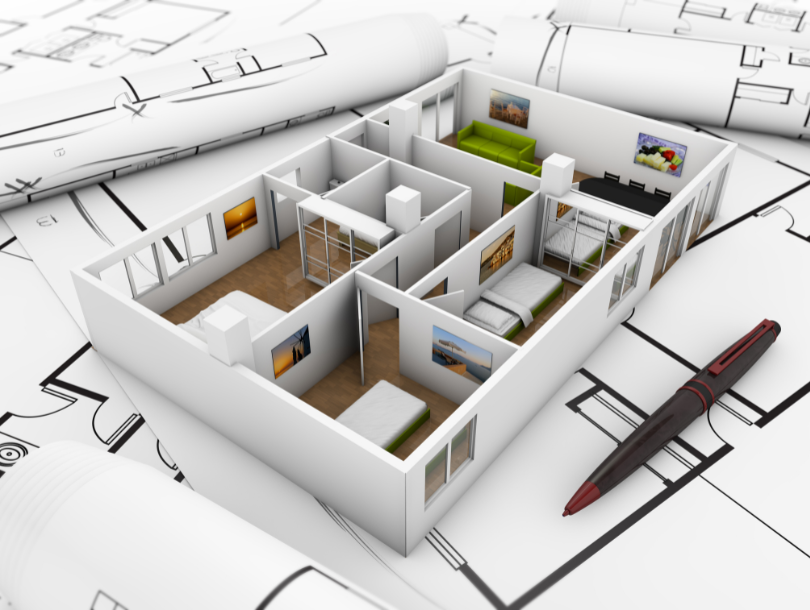Dyadic Relationships as Catalysts for Collaboration
One of the most significant findings concerns the role of dyadic relationships, strong, cooperative links between two individuals, in influencing the wider collaboration culture. In one case, the architect's design lead and the subcontractor's senior project manager developed a relationship based on mutual trust and a shared understanding of technical issues. This dyad's collaborative behaviour set a positive tone, enabling more open, cross-disciplinary dialogue and smoother coordination across other team members. This phenomenon aligns with inter-organisational theory, which describes how "frame diffusion" occurs when one perspective gains traction within a group, gradually influencing collective understanding and behaviour.
This dynamic was observed even in traditional procurement contexts where collaboration is not structurally mandated, showing that interpersonal relationships can bridge systemic gaps in integration.
When Processes Undermine Trust
Process-related issues are another major barrier to effective collaboration. These problems are not simply procedural inefficiencies; they reflect deeper misalignments in communication, expectations, and accountability that erode trust among team members. Common process challenges observed include:
- Centralised control of information. When one party controls the flow of information, it restricts timely access and meaningful input from others. Architects, consultants, and subcontractors often experienced friction when communication was filtered or delayed, creating bottlenecks and excluding critical voices from decision-making.
- Partial judgments on design progress. Uneven or unclear criteria for assessing the ongoing design work resulted in some team members feeling undervalued or unfairly judged. This perception discouraged open contribution and reduced motivation, further fragmenting the collaborative effort.
- Unclear cost responsibilities create disputes and delay approvals in complex design packages. Ambiguity over who is accountable for specific cost overruns hampers decision-making and obstructs progress. Without clear assignment of responsibility for resolving technical issues causing additional costs, teams cannot effectively align actions with budget constraints, leading to stalled collaboration and project delays.
- Mismatch between procurement model and team expectations. Teams operating under a construction management (CM) contract often behaved as though they were in a design and construct (D&C) setting. This misalignment caused repeated dissatisfaction, especially regarding expectations for design completeness and the degree of permissible refinement during construction phases.
These process failures highlight a crucial insight: formal structures and informal practices can come into conflict, undermining the trust needed for effective interdisciplinary collaboration. When communication channels are closed or unclear and project goals are not jointly understood, even the most well-intentioned teams risk fragmentation and inefficiency.
The Hidden Power of Frames in Design Decision-Making
Design decisions are not purely technical; they are also interpretive and shaped by how different stakeholders frame problems. These "frames" influence what is prioritised, which risks are highlighted, and how solutions are evaluated. Differing frames often arise because stakeholders have distinct roles, responsibilities, and incentives.
For example, in one project, a late stage change in cladding material became a major point of conflict. The façade consultant and architect framed the change primarily in terms of compliance with safety standards and testing protocols. Conversely, the contractor framed it as a risk to cost and schedule, emphasising potential delays and budget overruns. This divergence delayed consensus, led to a costly formal variation, and strained relationships.
Another case involved an innovative structural system using large glass panels. Architects prioritised design integrity and aesthetic goals, while the contractor focused on constructability, procurement challenges, and cost containment. Without a shared frame of reference, all proposed solutions were rejected, and the design intent remained unresolved for weeks, impacting the wider project schedule.
When frames remain incompatible and no shared understanding is achieved, a "frame break" occurs. This is not merely a disagreement but a fundamental breakdown in how problems are defined and understood collectively. The consequences include stalled decision-making, repeated rework, and deterioration of trust across the team, often causing collaboration inertia that compounds delays and increases costs.
Past Experiences Influence Present Collaboration
Social dynamics also play a crucial role in shaping collaboration. Many participants bring unresolved tensions and past grievances from previous projects into current meetings. These unspoken expectations and histories influence behaviours, especially during high-stakes negotiations or when conflict arises.
This challenges the common assumption that construction project teams are temporary entities with no continuity. In practice, many professionals encounter each other repeatedly across multiple projects. Their collective history, whether positive or negative, affects current interactions. Failure to acknowledge and manage these longer-term interpersonal dynamics can lead to recurrent conflicts and missed opportunities for collaboration.
Recognising this reality is critical. Project leaders and facilitators should consider past relationships and seek to address lingering tensions early, promoting a culture of openness and respect. This approach supports more resilient and effective teamwork in complex, multidisciplinary environments.
What Can Be Done?
Improving collaboration requires more than better tools or tighter schedules. It involves intentional effort to understand and address both system-level structures and human dynamics. Three practical lessons stand out:
- Invest early in dyadic relationships. A strong working relationship between two key individuals can set a collaborative tone for the broader team.
- Create space to align frames. Recognise that people interpret problems differently based on their roles, risks, and responsibilities. Building structured opportunities to surface and reconcile these perspectives helps prevent frame breaks later in the process.
- Work in alignment with contract models. Project teams need to tailor their behaviours to the procurement structure in place. A construction management (CM) contract requires different coordination practices than a design and construct (D&C) arrangement. Assuming one model while operating in another creates confusion and frustration.
Collaboration rarely fails because participants lack commitment. It fails when misaligned expectations, unspoken tensions, and rigid processes go unaddressed.
By identifying these patterns early, project teams can take meaningful steps to foster alignment and improve delivery outcomes.
 Mona Salam
Mona Salam
